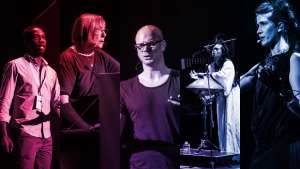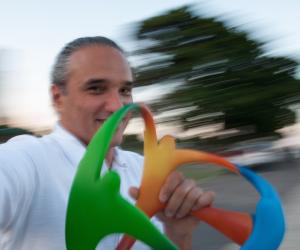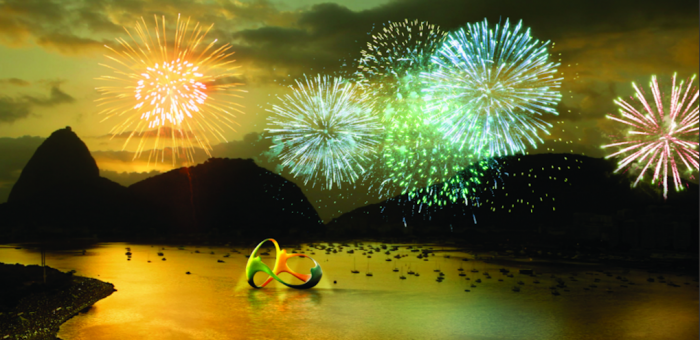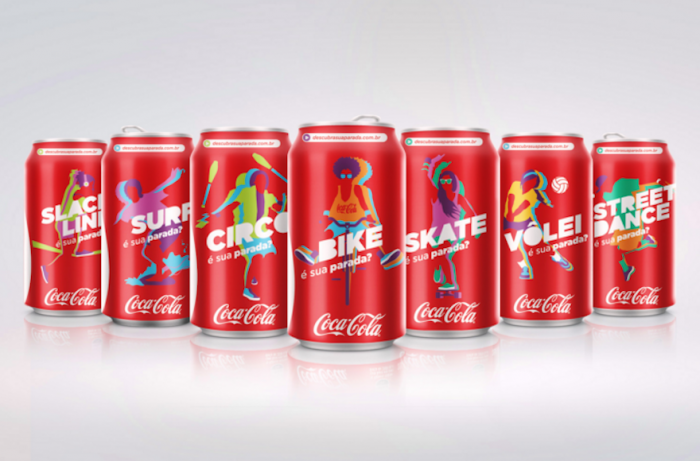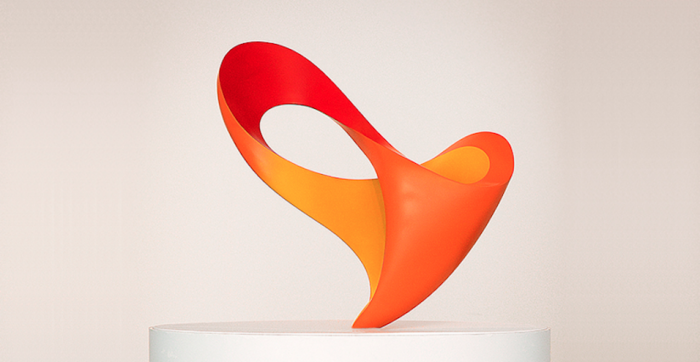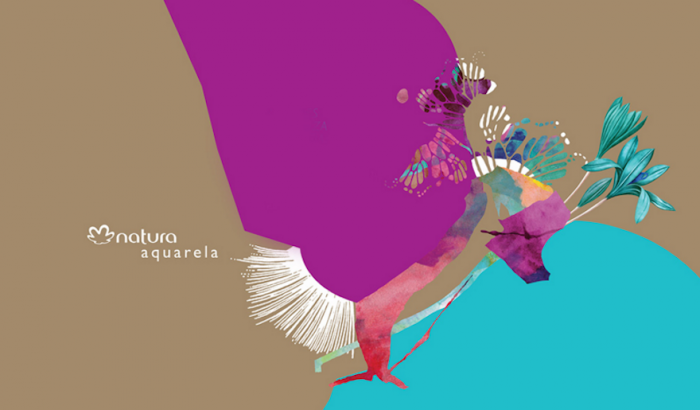From the Series
The success of strategic consultancy firm Tátil Design can be attributed to creative director and founder Fred Gelli’s reluctance to stick to the norm. At the time of Tátil’s inception, environmentally friendly design and designs inspired by nature were not widely accepted in Brazil. But this didn’t stop Gelli who decided to put his background in ecology to practise in international design spaces.
“With my graduation project in biomimicry as a starting point, our intention was to develop smarter packaging, fully inspired by nature and its various "projects", such as fruit peel,” explains Gelli.
Gelli used his background in biomimicry, imitating nature’s solutions to solve human problems, to cement the firm’s identity as a consultancy firm that is focussed on sustainable designs. Despite the initial reluctance in Brazil, Tátil’s services have been picked up by brands such as Coca-Cola, P&G, Philips and TIM, setting the firm up for a 25-year trajectory.
To combine the identities of these big names in business with the firm’s ethos, Gelli keeps qualified biologists on his team. This ensures that the solutions they create find their roots in solutions already tried and tested by nature.
“I think that nature's design intelligence is an endless source of inspiration. For 3.8 billion years it has been developing amazing solutions to similar problems that we have,” explains Gelli, adding that luckily, “God doesn’t charge royalties.”
Ultimately, Gelli believes that design plays a key role in the way people live, the resources we share, and the resources we consume. “We are exhausting the way of thinking based on hyper-consumption and misguided motives of an absolutely unsustainable lifestyle,” he says, adding that eventually, we will have to redesign our relationship with the planet.
“The complexity of the multi-disciplined era in which we live requires a pooling of knowledge and creative solutions. At this point, the designer works as a creative catalyst, because we have the ability to build bridges and to make links between the various sources of knowledge.”
The success of Gelli’s approach was proved when his firm was chosen to create the branding for the Rio 2016 Olympics and Paralympic Games. The logos they submitted sought to express the extraordinary nature of the Brazilian people. Above all, it was designed to be multisensorial and universally appealing.
“It has sound, light, texture and vibrates like the pulsing of a heart, beating faster as people approach,” says Gelli.
The firm designed the winning entry for the logo in a competition involving 139 agencies. Gelli says they arrived at the final design by testing it on blind people. The participants touched the prototype sculptures and gave their feedback.
“With the Olympic logo, we sought out universal icons in order to guarantee that everybody would understand it. For the Paralympic logo, we looked to represent the infinite energy that these amazing athletes have, an energy which they use, many times following on from an accident, to go from rock bottom to the podium. For this reason, the logo incorporates a heart with an infinity symbol,” he adds.
As for what’s next for the firm, Gelli believes they’re still looking abroad because their view on sustainability issues and their ability to do more with less, resonates with the demands of more developed markets.
“I often joke with my students that the designer is not the person who understands anything in depth. Nor should he. He has to be aware of who does know and can, therefore, establish the bridges that generate innovation,” he says.

